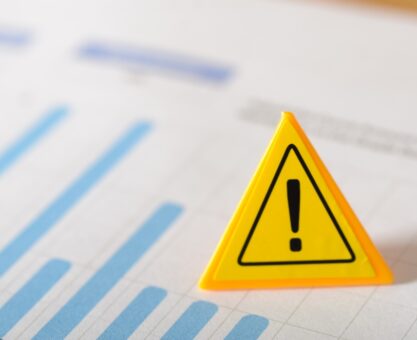There’s a certain amount of inflation that we learn to live with year after year. If you found a $20 bill that was tucked into a book 20 years ago, you wouldn’t expect to purchase as many items with that money today as you could two decades ago. This is what is meant by a loss of purchasing power.
How Inflation Impacts Retirement Planning
One retirement-planning rule-of-thumb is to factor in a 2.5% inflation rate when calculating the income you’ll need once you’re no longer working. However, thanks to COVID-19 disrupting the international supply chain, the rate of inflation spiked to as high as 9.1% in June of 2022.
Though experts say inflation will be around 8% by the end of 2022, it’s still more than three-times higher than most federal retirees have planned on. Then again, a high rate of inflation makes it harder for federal employees currently working to save for retirement. In fact, according to an AARP study, 62% of workers cite the rising cost of everyday expenses as the reason why they can’t save more for retirement.
“Some experts warn that higher borrowing costs combined with high inflation may slow the growth of the U.S. economy and trigger a recession.”
How Does Raising Interest Rates Help Slow Inflation?
You’ve likely seen the headlines – the Federal Reserve has raised interest five times in 2022. Though it may seem counter-intuitive to make it more expensive to borrow money during a high rate of inflation, the reasoning makes sense.
If it costs more to borrow money for a car loan, mortgage or to use credit cards, consumers are more likely to spend less. When consumers spend less, the demand for goods falls. When demand falls the price of everyday goods should fall, too. Some experts warn that higher borrowing costs combined with high inflation may slow the growth of the U.S. economy and trigger a recession.
2023 Cost Of Living Adjustment (COLA)
As a FERS retiree, your annuity and Social Security are adjusted for inflation. The 2023 COLA has been highly anticipated by retirees and those planning to retire soon. The latest estimate from the Senior Citizens League puts it at as much as 8.7% for 2023. (The COLA for FERS annuitants is one-percent less than the Social Security COLA.) For FERS retirees, COLA eligibility begins at age 62. That means if you retire at 57 your pension will stay level for five years and there is no reimbursement for value lost.
Consider working with an FRC™ trained advisor who can help you develop strategies to protect your retirement income against inflation.














